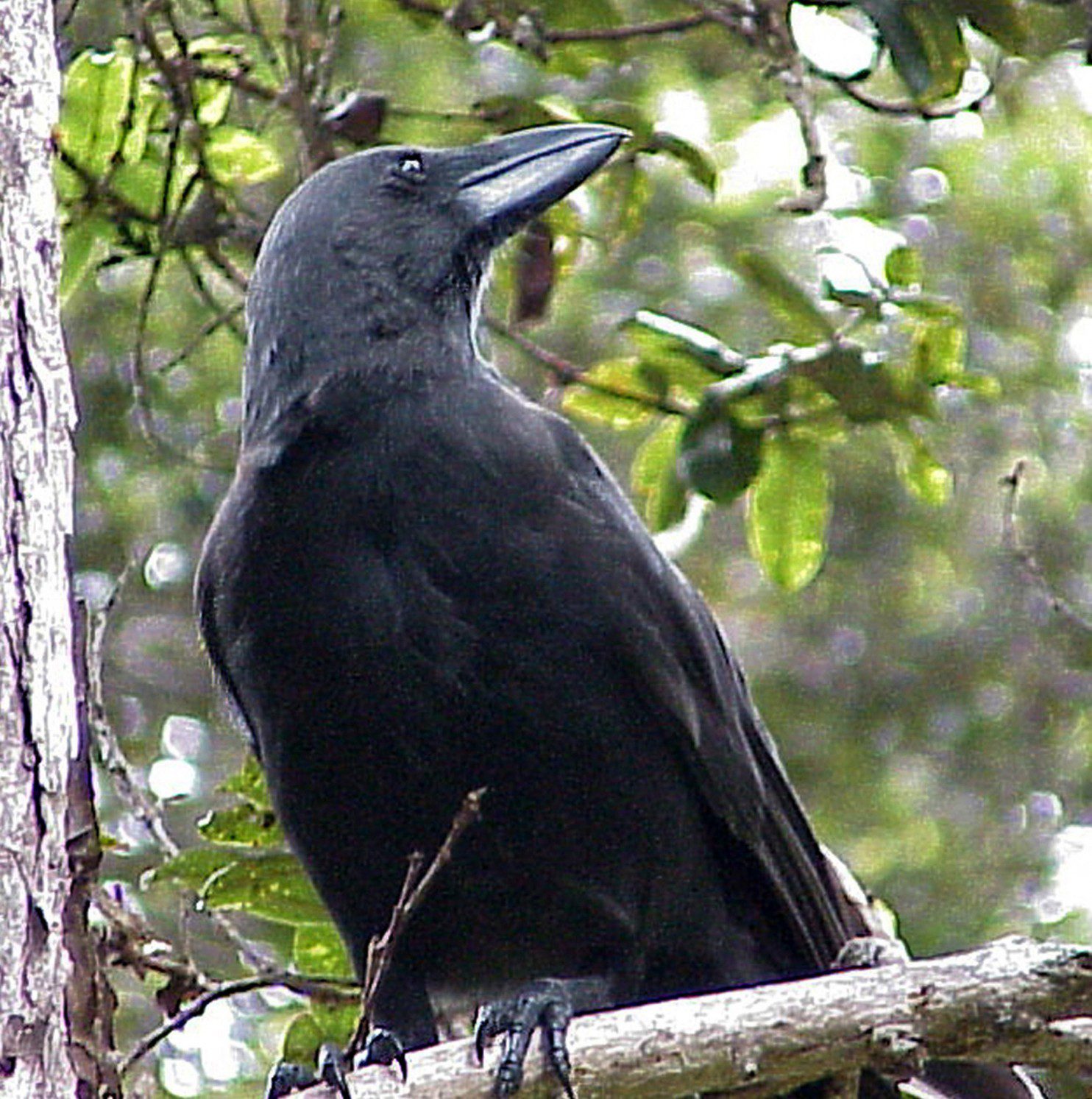VOLCANO, Hawaii — For centuries, a species of crow possessed of a large bill, a piercing stare and a raucous caw was revered by Hawaiians as a “family god” that would guide spirits of the dead into the afterlife.
But modernity has been brutal to the alala, and none of them have been spotted in the wild since 2002. The only alala known to exist are at breeding centers on Maui and here on the Big Island.
Hawaiians are set on bringing the bird back: A dozen captive-bred juveniles will be released into the wild in the fall. But the effort will run up against existential dangers that have led some conservationists to dub Hawaii “the extinction capital of the world.” Others say they fear that Hawaii is in biological free fall, with extinction of many species on an unstoppable march.
“Hawaii is the sounding board for the mainland: Our problems are becoming its problems,” said Gregory Koob, ecological recovery chief in Hawaii for the U.S. Fish and Wildlife Service. “We’re just a concentrated laboratory. When something goes bad here, it goes bad big-time.”
Across the Hawaiian island chain, nonnative species have been rapaciously destroying native plants and birds: Feral cattle and pigs have trampled large patches of forest habitat; other nonnative species such as rats and the mongoose devour birds and bird eggs. So do the Hawaiian hawk and packs of feral cats and dogs that prowl the forest. Mosquitoes spread avian malaria.
Native species in Hawaii began to disappear long ago when the Polynesians and then Westerners, including missionaries, began arriving, bringing nonnative plants and animals. The only proof that certain native species existed comes when their bones are found in lava flows. Of six species of crows native to Hawaii, only the alala is left.
Of 1,225 endangered species of animals and plants listed by the U.S. Fish and Wildlife Service, 481 are from Hawaii. The service is debating whether to add another 49 species from the islands, including the band-rumped storm petrel, the orangeblack Hawaiian damselfly and six kinds of yellow-faced bees.
Source: Is Hawaii ‘the extinction capital of the world’? Exhibit A: The alala bird. – The Washington Post


